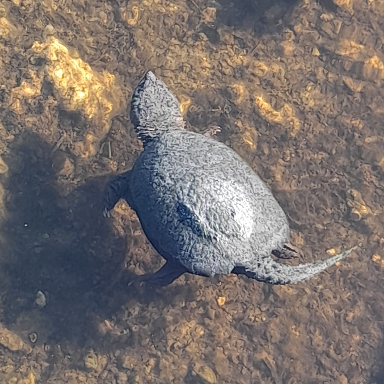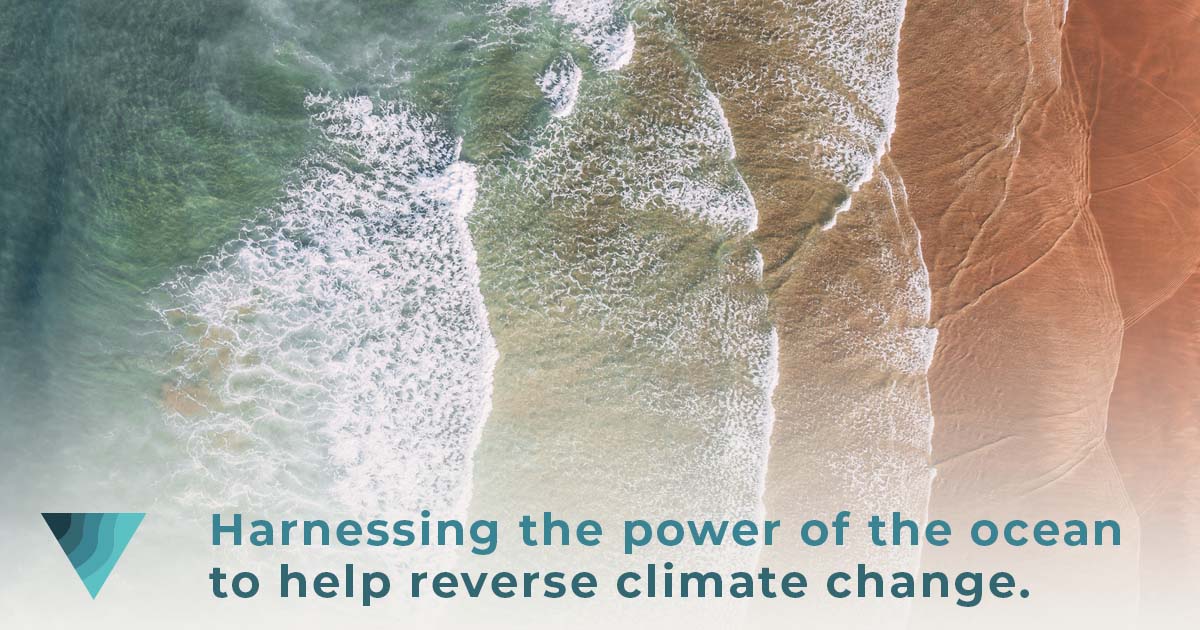cross-posted from: https://sopuli.xyz/post/656269
(This is my first time cross-posting something – please advise me if I’ve done anything wrong!)
(crossposter’s comment: Personally I suggest checking out the MIT Tech Review article on this first, which gives useful context.)
Taking rock (Olivine) and dumping it on the beach, so that the waves break it down, adjust ocean pH and mineralize the CO₂.
There is a whole range of CDR approaches that rely in one way or another on this concept. The broader categorization may be called “enhanced rock weathering” - not only olivine, but any “mafic” or “ultramafic” rock maybe suitable. These rock types are high in silicate minerals and low in carbonate minerals - relatively newly arrived from the mantle layer. As they weather naturally, they are converted to carbonate minerals and silica (sand). Rock dust can be applied to farmland, it can be used for ocean alkalinization, and silicate minerals are used in some electrochemical processes for removing CO2 and making useful engineered materials.
A range of geosequestration concepts are also tied to this silicate-carbonate chemistry. One way to make sure we are not creating a “time bomb” by injecting removed CO2 into the subsurface, is to be sure we are injecting that CO2 into high-silicate rocks, where the CO2 will naturally transform the rocks into carbonates.
general background info: https://en.wikipedia.org/wiki/Carbonate–silicate_cycle




